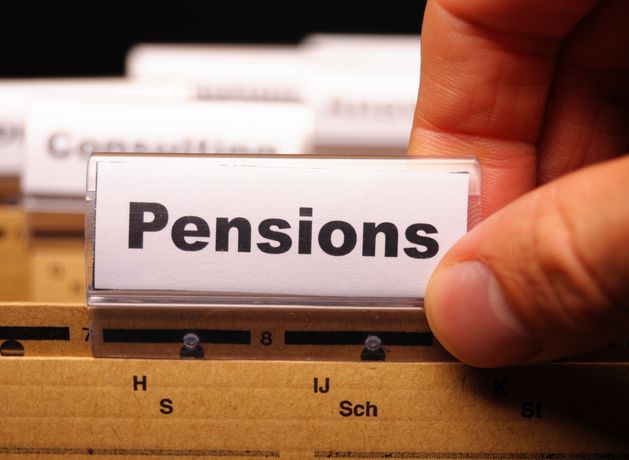Early Riser
Registered User
- Messages
- 1,643
Rather than the issue being to ensure public servants are allowed to continue working after age 65 as mentioned earlier I think the issue for me is why the private sector will only be getting state pension after age 66,67,68 while public servants can retire age 64 and get the state pension (supplementary)
Independent:
"public servants get a "supplementary pension" before they can qualify for the State contributory pension at 66. ... Public Servants are getting a full supplementary pension payment even in cases where they do not have sufficient PRSI contributions to give them the maximum State pension.Nov 13, 2017"
The media reports are somewhat misleading. Firstly, no public servant gets the State Pension before state pension age. Secondly, some public servants qualify for a supplementary pension from their former employer but have to meet certain conditions.
Public servants who joined before 1995 get no state pension at all, at any age, because they have paid Class D PRSI. Nor do they get any suppplementary pension. (There are a small number of exceptions to this as a few circumscribed sectors had Class A PRSI pension schemes prior to 1995). These retirees get a pension directly related to their years of service (provided they are retiring after age 60). So someone with 30 years service retiring on a pensionable salary of €48,000 will get an Occupational Pension of €18,000 (ie, 30/80). The state pension or the supplementary pension never comes into it.
In 1995 public servants new entrants were moved to (higher) Class A PRSI and put on a new pension scheme in which benefits were coordinated with Social Welfare. So if a person on this scheme retires after 60 from the same job and in the same circumstances as above (ie, 30 years of service and a pensionable salary of €48,000) they will get an Occupational Pension of about €8,400 - that is €9,600 less than their previous colleague. They can apply for a Supplementary Pension (of €9,600) to make up for this difference provided they are not eligible for any Social Welfare payment. So in this situation the person must first apply for Jobseekers Benefit. It is only when this is exhausted that they will become eligible for the supplementary payment. And they must meet another condition - they cannot be employed, or self-employed, in any position which is liable to PRSI. Note that the Supplementary in this situation amounts to €9,600 and not the equivalent of the State Pension. It is always calculated so as to bring the pension in payment up to the same level as the previous Class D colleague (the rationale was that they would not be disadvantaged relative to their colleagues on Class D).
In 2004 the minimum age for normal retirement was raised to 65 for all new entrants. A retiree from this scheme could not be eligible for a supplementary pension before age 65. But they would have to apply for Jobseekers before becoming eligible and, as this is now payable for 12 months for over 65s, they would likely reach State Pension age without becoming eligible for a supplementary. As it stands now, they would be eligible for a supplementary for a year when the State Pension age rises to 67.
There is no supplementary eligibility any more for entrants since 2013.



